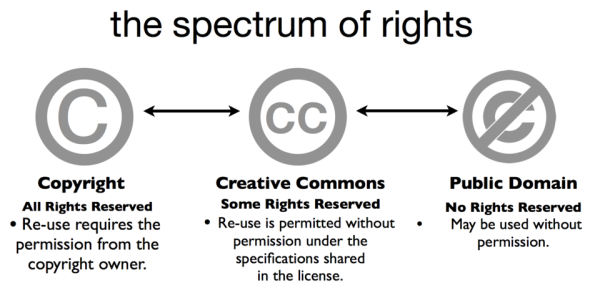| Copyright in the digital age requires a nuanced understanding of fair use, licensing agreements, and the ever-evolving landscape of online content distribution. Creators must proactively register their works, understand the limitations of copyright protection, and utilize tools and strategies to manage and protect their intellectual property online. Simultaneously, users need to be mindful of copyright restrictions, seeking permission or utilizing openly licensed materials to avoid infringement, recognizing that unauthorized use, even unintentional, can lead to legal repercussions. Navigating this realm demands a balance between fostering creative expression and respecting the rights of copyright holders. 
Navigating the realm of copyright in the digital age presents unique challenges and opportunities for creators. The ease of reproduction and distribution online has both amplified the importance of copyright protection and made it more complex to enforce. Understanding the basics is crucial for both creators and users of copyrighted material. Understanding Copyright Basics:- What is Copyright? Copyright is a legal right granted to the creator of original works of authorship, including literary, dramatic, musical, and certain other intellectual works. This right gives the creator exclusive control over how their work is copied, distributed, adapted, and displayed. It automatically protects most works from the moment they're fixed in a tangible medium (like a written document or a recorded song).
- Ownership and Transfer: Copyright typically belongs to the creator, but it can be transferred to others through assignment or licensing agreements. Works created by employees within the scope of their employment may belong to the employer.
- Duration: Copyright protection lasts for a significant period, typically the life of the author plus 70 years for individual works, and longer for corporate works.
The Digital Age Challenges:- Ease of Infringement: Digital copies can be easily made and distributed worldwide, making infringement widespread. Downloading illegal music, movies, or software is a clear example.
- Fair Use: The doctrine of "fair use" allows limited use of copyrighted material without permission for purposes like criticism, commentary, news reporting, teaching, scholarship, or research. However, determining what constitutes fair use can be subjective and legally complex. Factors considered include the purpose and character of the use, the nature of the copyrighted work, the amount and substantiality of the portion used, and the effect of the use upon the potential market.
- Digital Rights Management (DRM): Technologies like DRM aim to control access and copying of digital content, but they're often circumvented and can be controversial due to their limitations on user access.
- Attribution and Licensing: Creative Commons licenses offer a flexible alternative to traditional copyright, allowing creators to specify how their work can be used while retaining certain rights. Attribution is crucial, regardless of license, to give credit where it's due.
- Emerging Technologies: AI-generated content, NFTs, and the metaverse pose new questions regarding ownership and copyright, with legal frameworks still evolving to address these issues.
Safeguarding Creativity:- Registering Copyright: While not strictly required for copyright to exist, registering your work with the relevant copyright office provides legal advantages, such as stronger evidence of ownership in case of infringement.
- Understanding Licensing Agreements: Carefully review any agreements before using or distributing copyrighted material.
- Using Creative Commons Licenses: If you want to allow others to use your work under certain conditions, using a Creative Commons license can be a straightforward way to do so.
- Watermarking Your Work: Watermarking your digital content can deter unauthorized use, although it's not a foolproof method of protection.
- Monitoring for Infringement: Regularly check for unauthorized use of your work online.
- Seeking Legal Counsel: If you believe your copyright has been infringed, consult with an intellectual property lawyer.
Navigating copyright in the digital age requires diligence, awareness, and understanding of the relevant laws and practices. By taking proactive steps to protect their work and respecting the rights of others, creators can thrive in this dynamic environment.
Tags: Artists Authors Copyright Creativity Digital Media Eldred v. Ashcroft Innovation Intellectual Property Legal Rights Mark Helprin Musicians Robin Gross Software Developers  
|
 1,548
1,548  0
0  0
0  3224
3224 